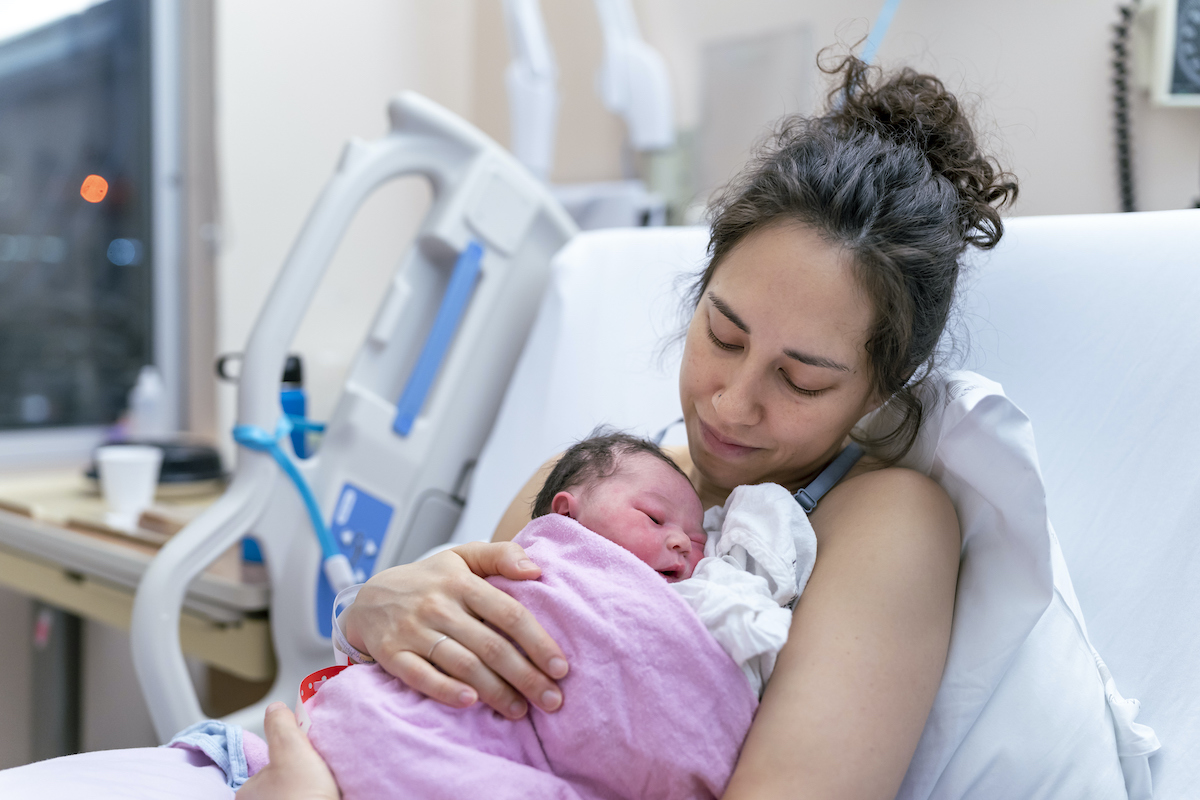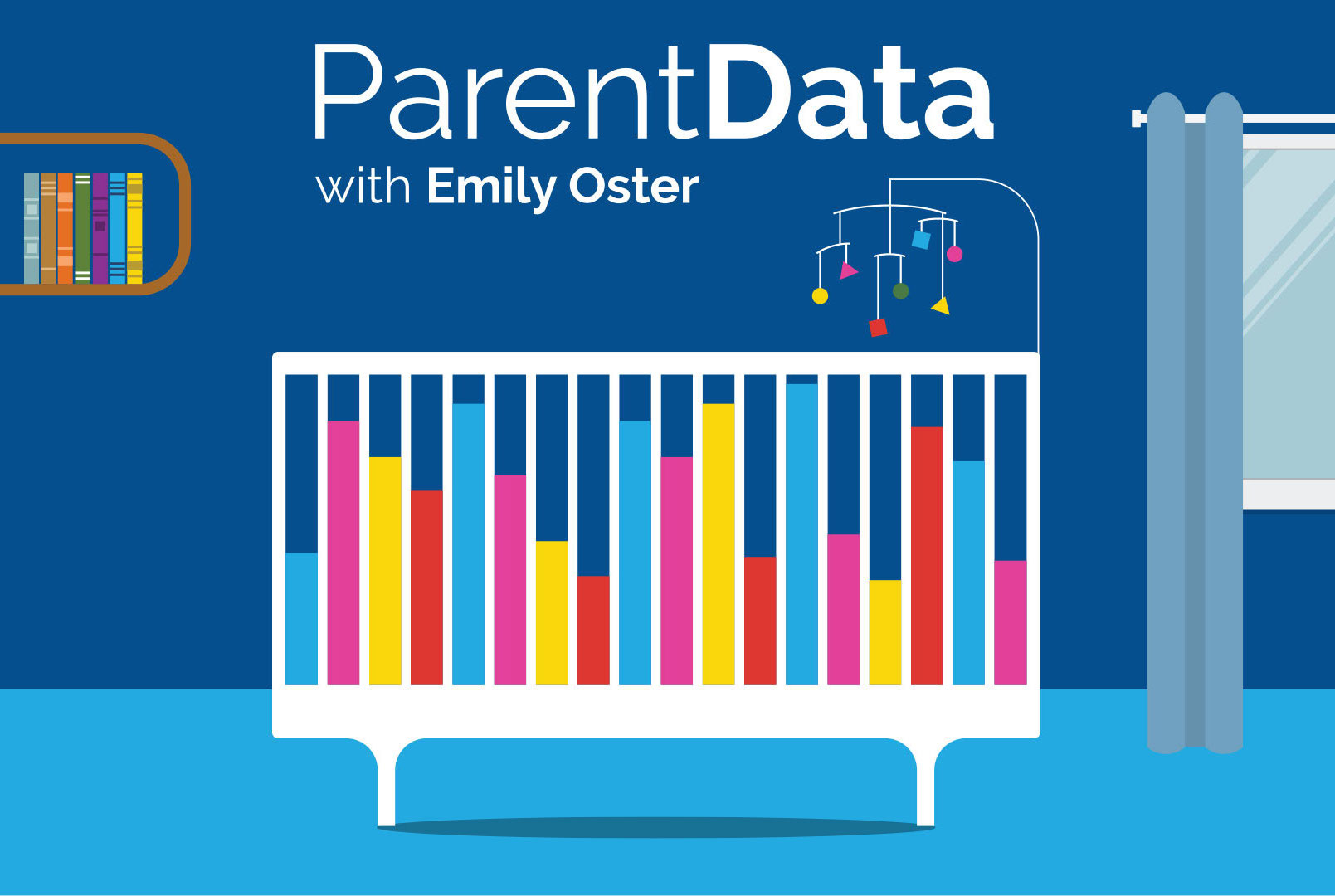Navigating a potential diagnosis of attention-deficit/hyperactivity disorder (ADHD) for your child can feel overwhelming. But you’re not alone.
In fact, rates of ADHD diagnosis, especially in North America, have gone up precipitously in the past two decades. Such an increase has led many people to question whether some of this may reflect misdiagnosis. While that is always a possibility, as we learn more about ADHD and how children (and adults) respond to treatment, and the fact that ADHD and learning differences often go hand in hand, experts are beginning to think it may actually be underdiagnosed. Underdiagnosis may be of special concern among girls and children of color.

While treatment can’t “cure” ADHD, it can drastically improve symptoms. Early diagnosis and intervention make a big difference, so it’s important to talk with your child’s doctor to address any concerns you may have, to set your child up for success.
What is ADHD?
We often think of ADHD as a learning difference. But it is a neurological condition that influences the brain’s executive function or how people manage their thoughts, emotions and actions. Rates of learning differences are higher among individuals with ADHD than among the general population. There are three subtypes of ADHD: inattentive (difficulty completing tasks, loses things), hyperactive-impulsive (fidgeting, extremely active), and combined.
Generally, learning and many neurological differences, especially ADHD, are not diagnosed until a child has been in school for a few years. Early on, there can be some signs of learning differences, including communicating less often or differently than their same-age peers, early fine or gross motor differences, thinking through and solving problems in ways that vary from their peers, and challenges interacting with peers.
That said, at younger ages it can be hard to decipher between developing executive functioning skills and other factors (like learning or neurological differences). Executive function skills are skills housed in your prefrontal cortex that allow us to successfully get things done in life (focus our attention on something, think flexibly, remember rules, etc.). Despite being such important skills, we aren’t born with these. Rather, they develop over time.
So if your child does have issues with executive function, it does not necessarily mean your child has a learning or neurological difference or ADHD.
What causes ADHD?
Unfortunately, we don’t currently know what causes ADHD, though researchers have found evidence that genetics play a role.
A common theme among all parents, and especially those of children with ADHD, is concern that their parenting caused their children to experience challenges. While there is no valid research showing that parenting in any way causes ADHD, there is extensive research that it is a neurological condition and that children with ADHD can benefit immensely from environmental support.
Randomized controlled trials have found that children with ADHD whose parents receive education about how to support them with their executive functioning skills showed lower levels of behavior challenges than those whose parents did not.
How is ADHD diagnosed?
An effective diagnosis of ADHD involves compiling a complete picture of the child in the home and school settings. So asking questions of your child’s teacher and physician is very important as you determine the best ways to support them.
For a child to be diagnosed with ADHD, they have to show symptomatic behaviors, such as difficulty completing tasks and/or hyperactivity, across multiple settings. Therefore, it would be helpful to check in with your child’s teacher to see if they observe behavior similar to what you’re observing at home. You’ll also want to ask if the behavior is consistent throughout the day or if it’s more prevalent at certain times of day (for example, in the afternoon when your child is tired) and whether the behavior seems more extreme than that of their peers.
Questions for your child’s physician may focus more on examining other factors that may be at the root of some of your child’s behaviors. Some medical conditions can cause symptoms similar to ADHD, such as hyperthyroidism.
Diagnosis of ADHD also requires standardized testing on attention and behavior, usually conducted by a neuropsychologist. When meeting with a neuropsychologist, ask them what tests they are conducting and in what setting. An important point here: many children with ADHD often perform well on tests in new settings, as the stimulus of a new environment can help them focus. You may, therefore, ask if they will also be observing your child at school or another more familiar setting if testing is conducted in their office.
Neuropsychological testing is ideally used as part of a broader diagnostic process, which should include observations, interviews, and input from multiple sources. Unfortunately, there are limitations to these tests. Neuropsych evaluations can sometimes misdiagnose or underdiagnose conditions, and there are concerns about potential bias. Additionally, the testing can be expensive, and not all families may have access to it. Despite these drawbacks, you will likely need to get a formal neuropsychological evaluation and diagnosis in order for your child to receive accommodations under the Americans with Disabilities Act (ADA) or other educational supports.
How do you treat ADHD?
Many parents report that one of the more challenging parts of supporting their child with ADHD is the decision of whether or not to medicate. Medication has been proven very safe and effective in the treatment of ADHD symptoms. There are multiple medications that can be used, but a commonality among all of them is that they help with focusing.
As Edward Hallowell and John Ratey note in their well-known book on ADHD, Driven to Distraction, medication acts as “internal eyeglasses,” helping the brain filter out competing stimuli or distractions and focus on one task at a time. Research does not show that medications change a child’s personality and interests. However, they can have some side effects, which you can discuss and manage in partnership with your doctor and child.
The American Academy of Pediatrics (AAP) guidelines recommend age 5 as the lower limit for medication as a first-line treatment. However, there is considerable debate and ongoing research about whether this cutoff is appropriate. The AAP suggests that, for children under 5, environmental supports — such as behavioral interventions or changes in routine — should be tried before resorting to medication. They aren’t saying to never medicate children under 5, but rather to prioritize other interventions first.
For children over 5, research supports that a combination of pharmaceutical and behavioral interventions (including cognitive behavioral therapy or parent training) is most effective in treating ADHD. Additionally, addressing parental mental health, particularly depression, has been shown to improve outcomes for both parents and children, further highlighting the importance of a comprehensive approach to treatment.
Overall, this should be an ongoing conversation with your doctor; treatment efforts will likely need to be continually evaluated and adjusted to align with your child’s development.
What can parents do to best support their children?
Regardless of an ADHD or learning difference diagnosis, as a parent, you can support executive function skills at home. These recommendations are relevant for all parents, especially as these skills are continuing to develop in young children.
- You can help your child stay on task by using timers to support them. For younger kids (under 7), make sure to use a visual timer, since their understanding of time isn’t solidified yet.
- If you’re giving multi-step directions, be as detailed as possible. Instead of “Get ready for school,” you can break the task up into detailed and manageable steps. For example, “First, brush your teeth. Next, pick out your clothes.”
- Ask your child to repeat directions as you list them.
- Consider establishing a strong routine around going to sleep and getting ready for school. Routines can be critical for children. Their brains are wired to detect patterns, so if they know what to expect, they’re more likely to be able to get it done.
The bottom line
- ADHD is a neurological condition in which rates of learning differences are higher than among the general population. It often involves inattentive and/or hyperactive and impulsive behaviors.
- For a child to be diagnosed with ADHD, they have to show symptomatic behaviors across multiple settings.
- To treat a child with ADHD under 5 years old, behavioral interventions are recommended as the first line of treatment before moving on to medication. For children over 5, a combination of medication and behavioral interventions is often most effective in treating ADHD.
- Parents can support executive function skills at home, including by establishing strong routines and with clear, detailed instructions.


















Log in